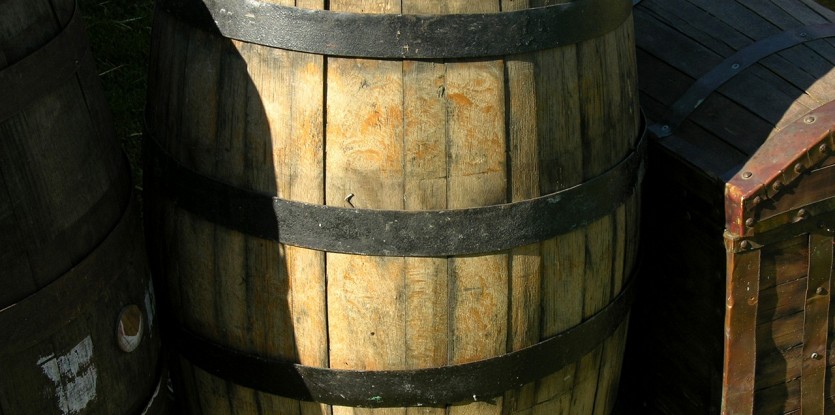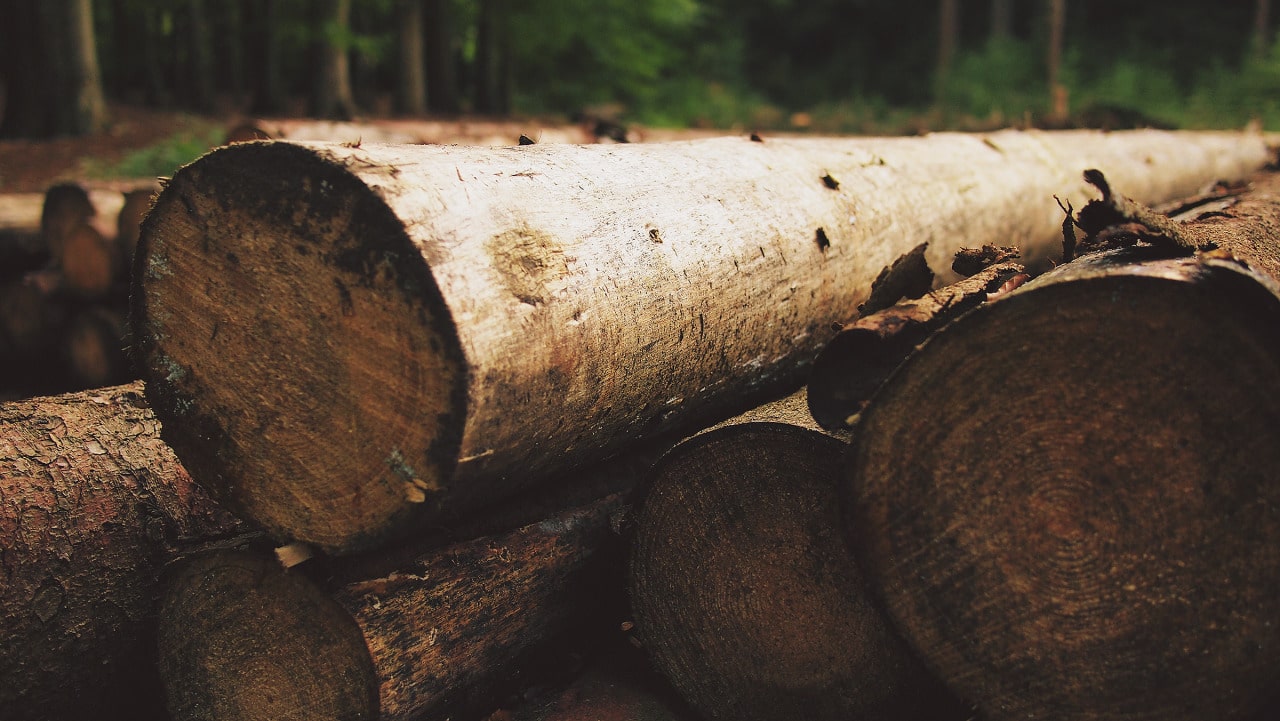“Sadness is not a sin,” goes the famous Chassidic saying, “but the damage that sadness can do to a person, no sin can.”
Does this mean that a person is never to experience anything other than happiness and satisfaction? Never to experience regret and remorse, never to be grieved by the negative in oneself and one’s world? Obviously not. The important thing, however, is not to allow the sadness to pervade our souls and dominate our lives.
The Torah establishes special times (such as the month of Elul and the Ten Days of Repentance, the “Minor Yom Kippur” at the end of each month, and the nightly “Reading of the Shema” before going to sleep) when one is to search one’s soul, dwell on what requires rectification, and weep over one’s shortcomings and transgressions. However, these feelings must be confined to these specifically designated times, following which one should resume “serving G-d with joy”[9] and confidence in one’s own intrinsic goodness and the intrinsic goodness of G-d’s world.
One of the great Chassidic masters employs the following parable to explain the place that sadness should occupy in our lives: A barrel of the finest wine has a layer of sediment on its bottom. The sediment plays an important role in the wine’s preservation, but must be kept at the bottom of the barrel: if it is allowed to mix with the wine, the wine becomes undrinkable.
The pain we experience in our lives has a most constructive function: without it, we would become indifferent to all that is not as it should be in ourselves and our world. But this is the sediment to the wine of life. Life itself must be a joyous and exhilarating experience, its melancholy moments to be confined to the bottom of the barrel.[10]
The Week in Review is adapted from the teachings of the Lubavitcher Rebbe by Yanki Tauber.
__________________________________________________________________
[9]. Psalms 100:2.
[10]. Based on Tanya, chs. 29 and 31.








As a wine-maker I have a little experience of this. After the wine has fully completed its second kind of fermentation, it can be decanted or syphoned into bottles or smaller containers than the barrel itself. What remains as a sediment at the bottom of the barrel and to a very small extent gets transferred into the bottles too, is called lees. (I suppose it was once called lays but the spelling got changed.) The analogy suggests that the most successful wine comes from the top of the fermentation vessel, but with care and patience it can be enjoyed over most of the volume without much cloudiness of being sad.